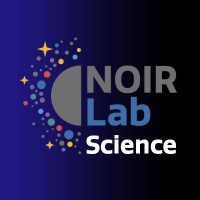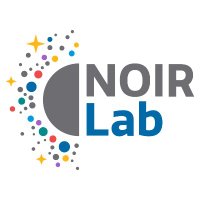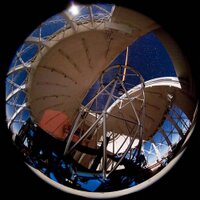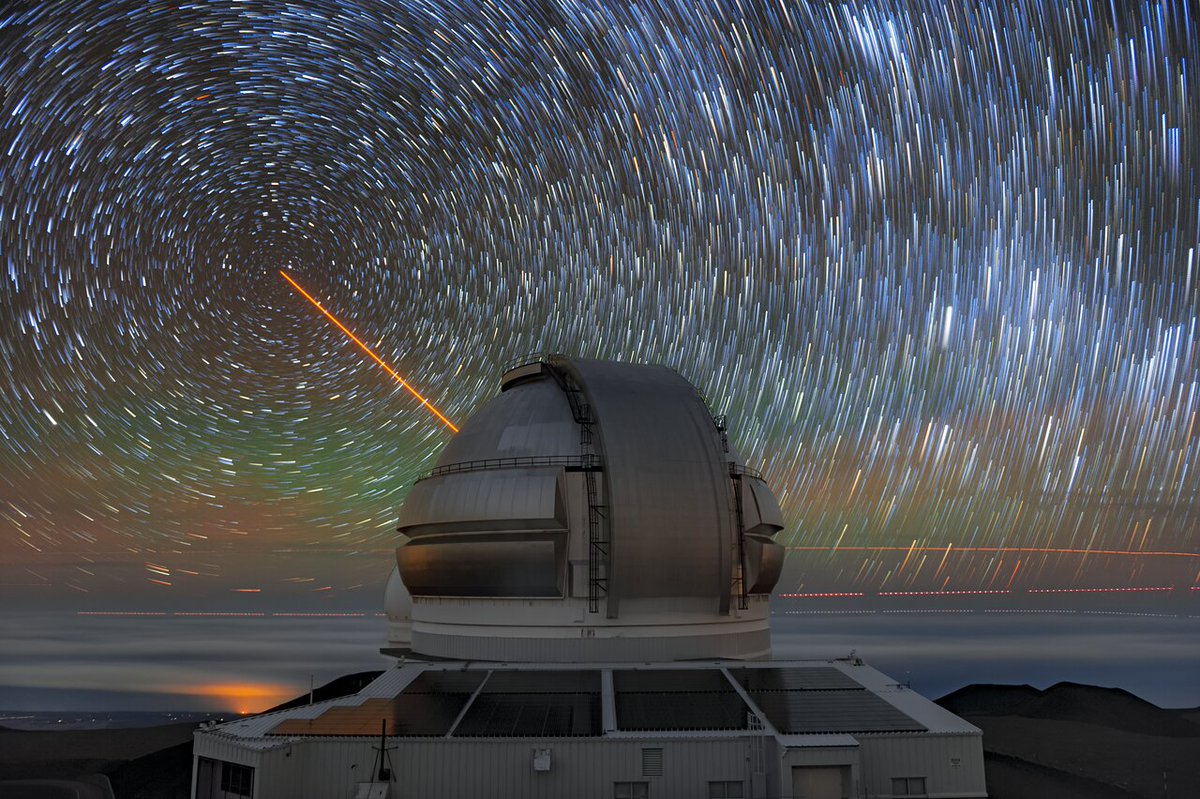
NOIRLab Science
@noirlabscience
Science info from NSF NOIRLab: the U.S. national center for ground-based, nighttime optical & infrared astronomy. Main channel is at @NOIRLabAstro
ID: 1640866650412179456
https://noirlab.edu/science/ 29-03-2023 00:02:22
515 Tweet
525 Followers
44 Following

Don't miss our #AAS246 session on Planning Your Rubin Undergraduate Research! Undergrads and mentors will brainstorm ideas for projects using NSF-DOE Rubin Observatory data. 📍Egan Convention Center, Room 13/14 ⏰10:00 - 11:30am


Coming up today at #AAS246: Justine Schaen's presentation on NSF-DOE Rubin Observatory's Education Resources: Bringing the Night Sky to Classrooms Worldwide 🤩📍Dena'ina Civic & Convention Center, Tubughnenq' 5 ⏰ 10:20 - 10:30 am



#AAS246 attendees, you don't want to miss on this one: NSF-DOE Rubin Observatory Town Hall is today at 12:45 pm in Ballroom A at the Dena’ina Civic & Convention Center. Come join us and learn all about the milestones of this amazing 🔭. See you there! 📷 NOIRLab/NSF/AURA/P. Horálek




Check out today's iPosters at #AAS246! K. Chiboucas (Gemini Observatory & @NOIRLab), R. Brent Tully (U. of Hawaii), & E. Peng (@NOIRLab) will be discussing star formation in different evolutionary stages from multiple perspectives! 🌟 ⏰ 9:00 - 10:00 am 📷 @GeminiObs/NOIRLab/NSF/AURA




The Gemini Observatory 2025B observing programs and schedule have been announced. Note that the latest version of the Observing Tool is required to access and update 2025B programs. For more information: gemini.edu/news/general-a…


It’s the final countdown to Rubin First Look! There’s only one hour until the reveal of NSF–DOE NSF-DOE Rubin Observatory’s first images. ⏱️ Tune into the live stream or join one of the 350+ Rubin Watch Parties around the world to experience Rubin First Look. 🔗 rubinobservatory.org/news/rubin-fir…


This is it. The FIRST released video from NSF-DOE Rubin Observatory. A new era of astronomy starts now! ✨ How many galaxies do you think are in this image? 10 MILLION 🤯 Here, Rubin’s view is focused on the southern region of the Virgo Cluster. 📹: RubinObs/NOIRLab/SLAC/NSF/DOE/AURA

🚨Epic! NSF–DOE NSF-DOE Rubin Observatory discovered 2,104 never-before-seen asteroids in our Solar System! ☄️ Currently, all the world's observatories discover ~20,000 asteroids per year. Rubin discovered over 2,100 in just a few nights! 📹: RubinObs/NOIRLab/SLAC/NSF/DOE/AURA #RubinFirstLook

The sky never stops changing and NSF–DOE NSF-DOE Rubin Observatory is watching with the world’s largest camera! In this 🎥 Rubin showcases 46 subtly pulsating stars. In the next 10 years, Rubin will detect ~100,000 of them, helping map the Milky Way’s halo 📹RubinObs/NOIRLab/SLAC/NSF/DOE/AURA

Revealing the Trifid and Lagoon Nebula as never seen before, by NSF–DOE NSF-DOE Rubin Observatory This 📷 combines 678 separate exposures in over 7 hours of observing time. Rubin captures huge images fast, thanks to its ultra-wide view and unmatched speed 📷RubinObs/NOIRLab/SLAC/NSF/DOE/AURA



🚨 Meet 2024 YR4 — a fast-spinning, oddly shaped Earth-crossing asteroid just 30–65 m wide discovered using GMOS-S Gemini Observatory , revealing clues about its rocky origins in the Main Belt. Space rocks don’t get cooler than this! 🔭💥 Image credit: ApJL/B. Bolin



Checkout American Astronomical Society (AAS) latest author series video featuring science using the ZORRO speckle imager 🦊Gemini Observatory to identify stellar binaries 🌌🔭 youtube.com/watch?v=0J-HV7…








